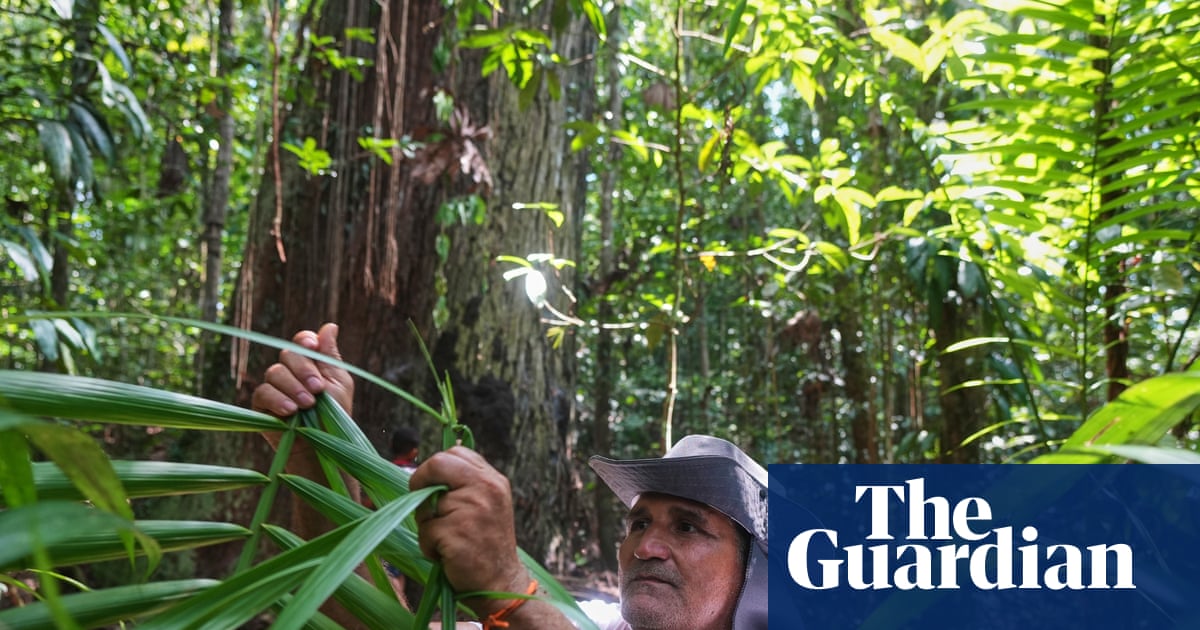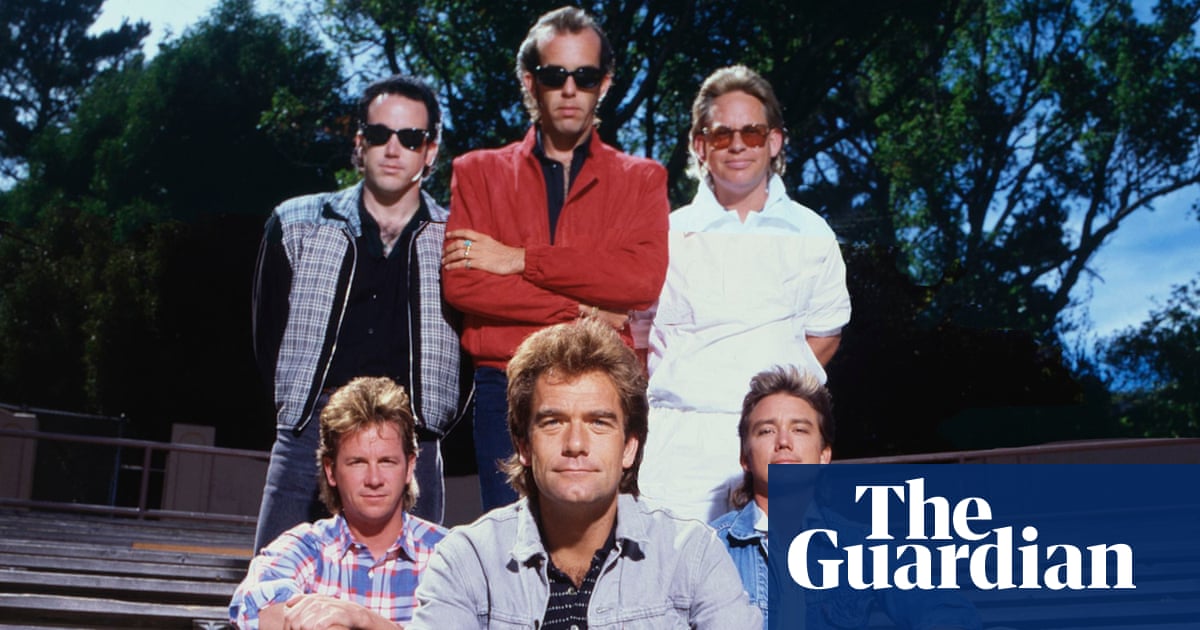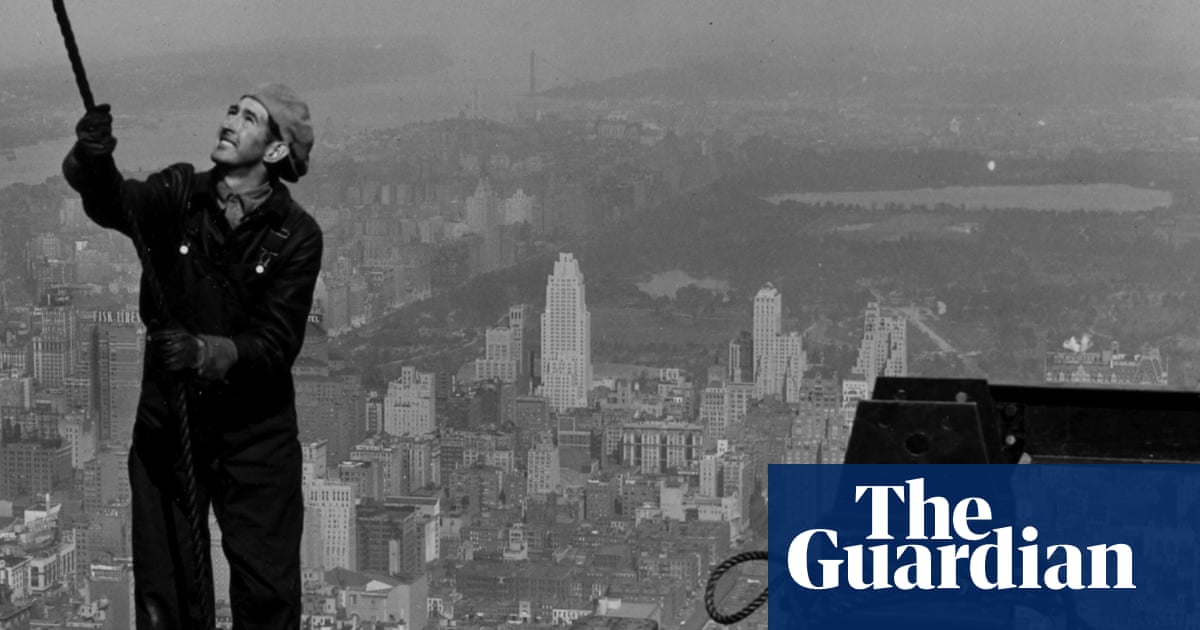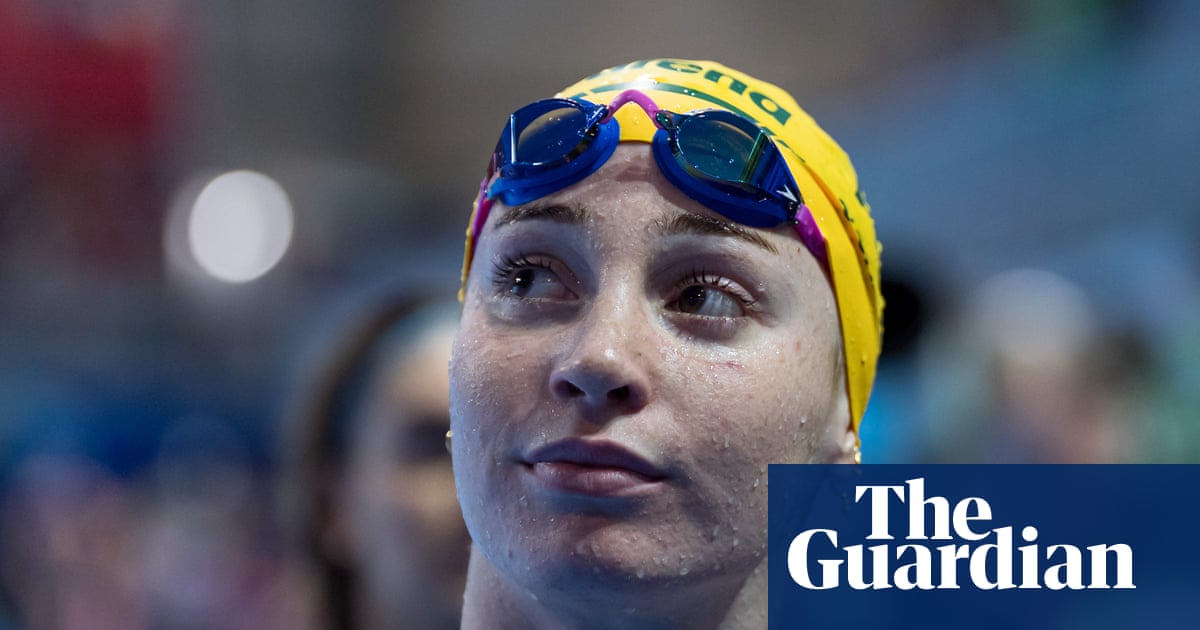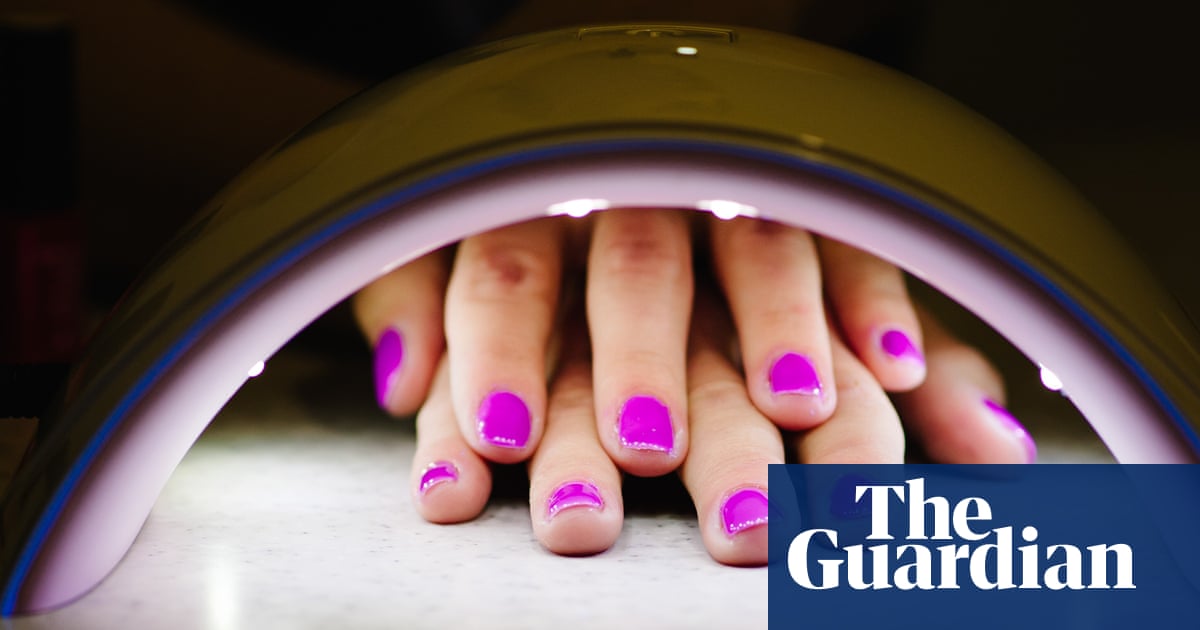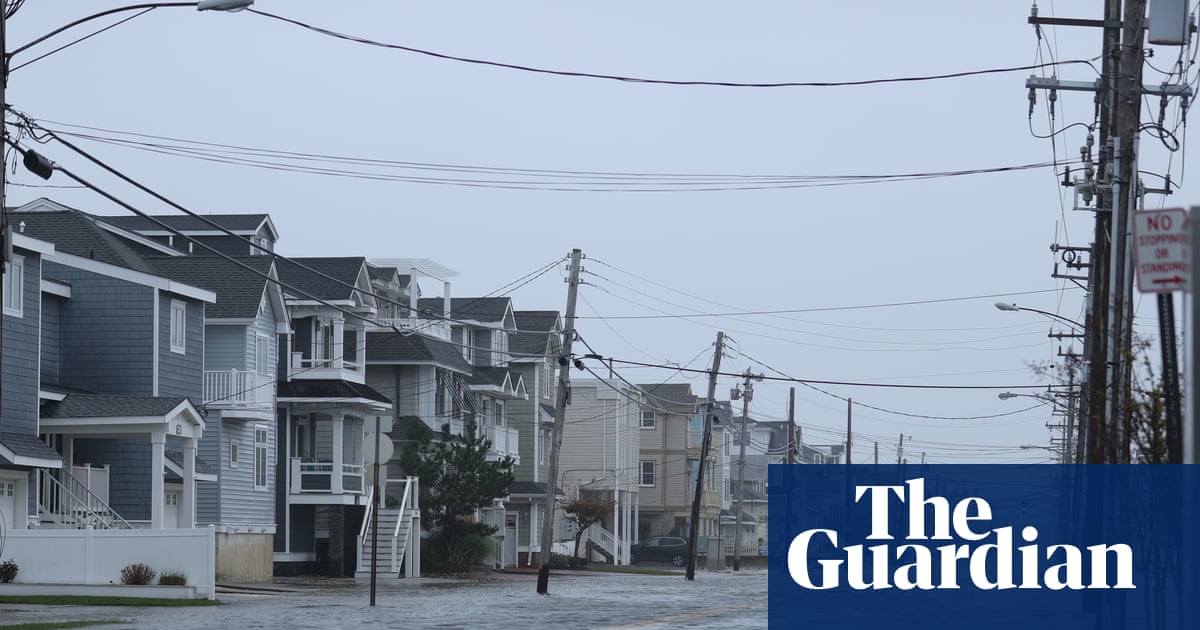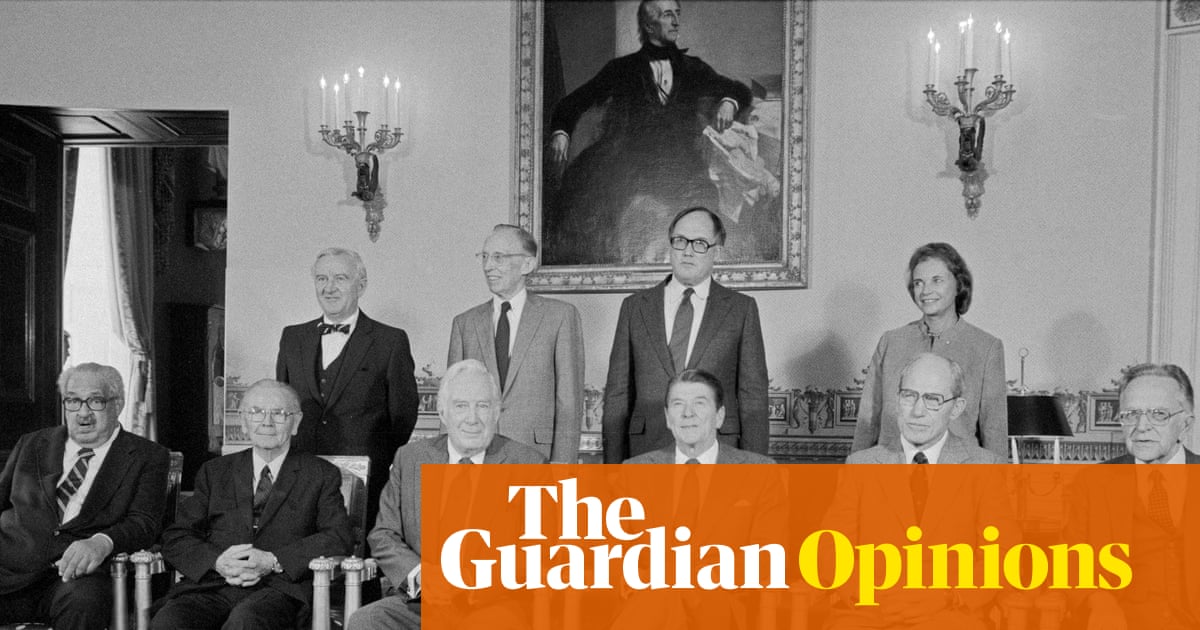Nearly a third of women in England and Wales were abused as a child, along with just over a quarter of men, according to new figures which for the first time include emotional, physical or sexual abuse as well as neglect.
The data from the Office for National Statistics (ONS) estimates 31.5% of women and 26.4% of men experienced some form of abuse as a child, a total of 13.6 million – almost three in 10 – people.
Emotional abuse was the most commonly experienced type of childhood abuse among adults (22.7%), followed by physical abuse (16.5%), sexual abuse (9.1%) and neglect (7.6%).
The ONS head of crime statistics, Meghan Elkin, said: “Child abuse is appalling in all its forms and affects some of the most vulnerable in society, but it is also something that is little discussed or understood.
“Today’s figures estimate around three in 10 people aged 18 years and over experienced abuse during childhood, and are vitally important in supporting decision-making for what is often a hidden crime.”
About 7.5 million women and 6.1 million men experienced abuse, with rates higher for women across all types of abuse except physical, where there was no significant difference, the ONS said.
The largest gender disparity was in sexual abuse, with about one in seven women having experienced this type of abuse before the age of 18 (13.9%), compared with about one in 25 men (4.1%).
The vast majority of child sexual abuse perpetrators were men, with 91.3% of all victims saying their abuser was male, and 94.2% of female victims saying they were abused only by males.
Anna Edmundson, the head of policy at the NSPCC, said the charity was working with the ONS to develop a new survey that would help better understand child abuse prevalence alongside this new data from adults.
“Clearer insights into how safe children are, and have been, are vital to ensuring governments understand where to target support and funding to prevent and tackle child abuse,” she said.
“Child abuse doesn’t discriminate. Any child, from any background, can be affected. That’s why we need a relentless focus on tackling abuse to ensure every child can grow up safe, supported, and happy.”
The data showed LGBTQ+ people were disproportionately affected by childhood abuse, with 48.1% of gay and lesbian people, and 62.5% of bisexual people, experiencing abuse before the age of 18, compared with 27.7% of heterosexual people.
More than half (53.4%) of people with a gender identity different from the sex they were registered at birth experienced abuse as a child, nearly twice the proportion for people with a gender identity the same as their sex registered at birth (28.9%).
Ben Kernighan, co-CEO of LGBTQ+ anti-abuse charity Galop, said its research had shown a significant proportion of LGBTQ+ people in the UK had experienced abuse from family members, and the vast majority felt their identity was the main reason, or part of the reason, for the abuse.
Disabled people also reported higher rates of childhood abuse, at 42% compared with 26.4% for those not disabled.
People from a mixed ethnic background reported rates of childhood abuse at 40.2%, higher than those of a white (31%), black (18.2%) or Asian ethnicity (14.7%).
The estimates are based on responses collected for the Crime Survey for England and Wales in the year to March 2024, and are the first of their kind to use an expanded definition of childhood abuse.
In the survey, emotional abuse is defined as “persistent emotional maltreatment of a child” by an adult, and neglect refers to instances when a parent or guardian did not meet a child’s basic needs such as food, clothing or shelter, or did not supervise a child adequately.

 3 weeks ago
29
3 weeks ago
29

